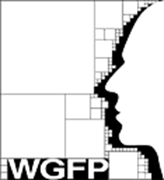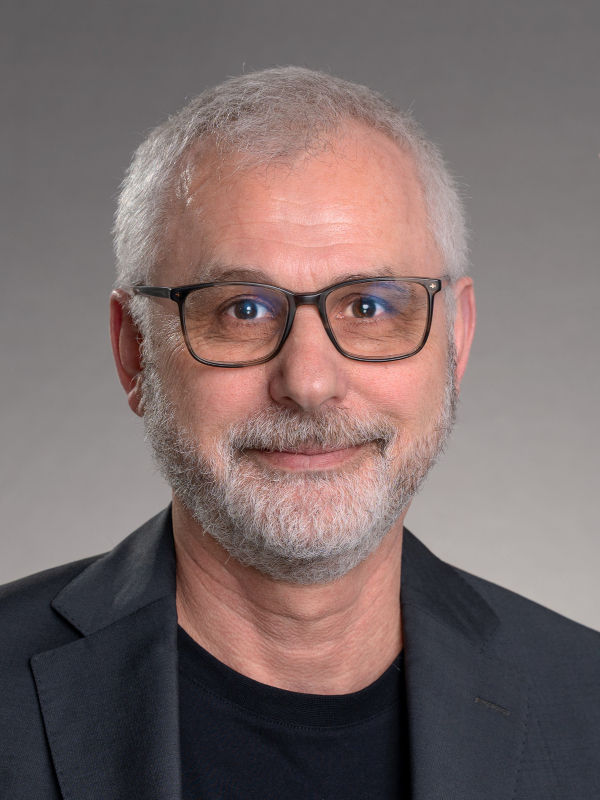The public lacks a clear and well-informed picture of parapsychology and anomalistics, which deal with the borderline areas of knowledge and anomalies. Orientation is provided by fictional formats and sensationalist portrayals in the media, which generally have little to do with reality. The situation is similar when it comes to knowledge about the people who dedicate themselves to such topics professionally or in their free time. What is their attitude to certain phenomena and research findings? What is the source of their convictions regarding these topics and what beliefs do they have in general?
The psychologist Harvey J. Irwin conducted a survey on these questions among members of the Parapsychological Association (PA), the results of which he published in 2014. This survey was conceptually replicated by us with members of the Scientific Society for the Advancement of Parapsychology (WGFP) and the Society for Anomalistics (GfA), whereby the questionnaire was partially adapted to the specific requirements of the groups. Similar to the PA, the WGFP has relatively high entry barriers to ensure the scientific level of its members, whereas an interest in the topics of the GfA is sufficient as an entry criterion.


